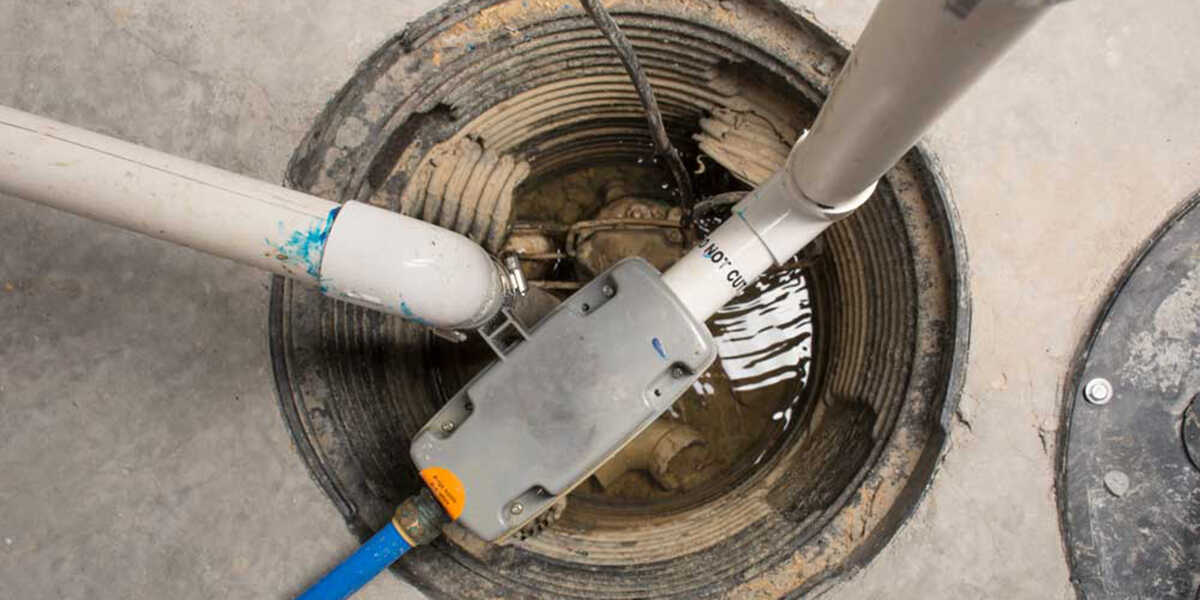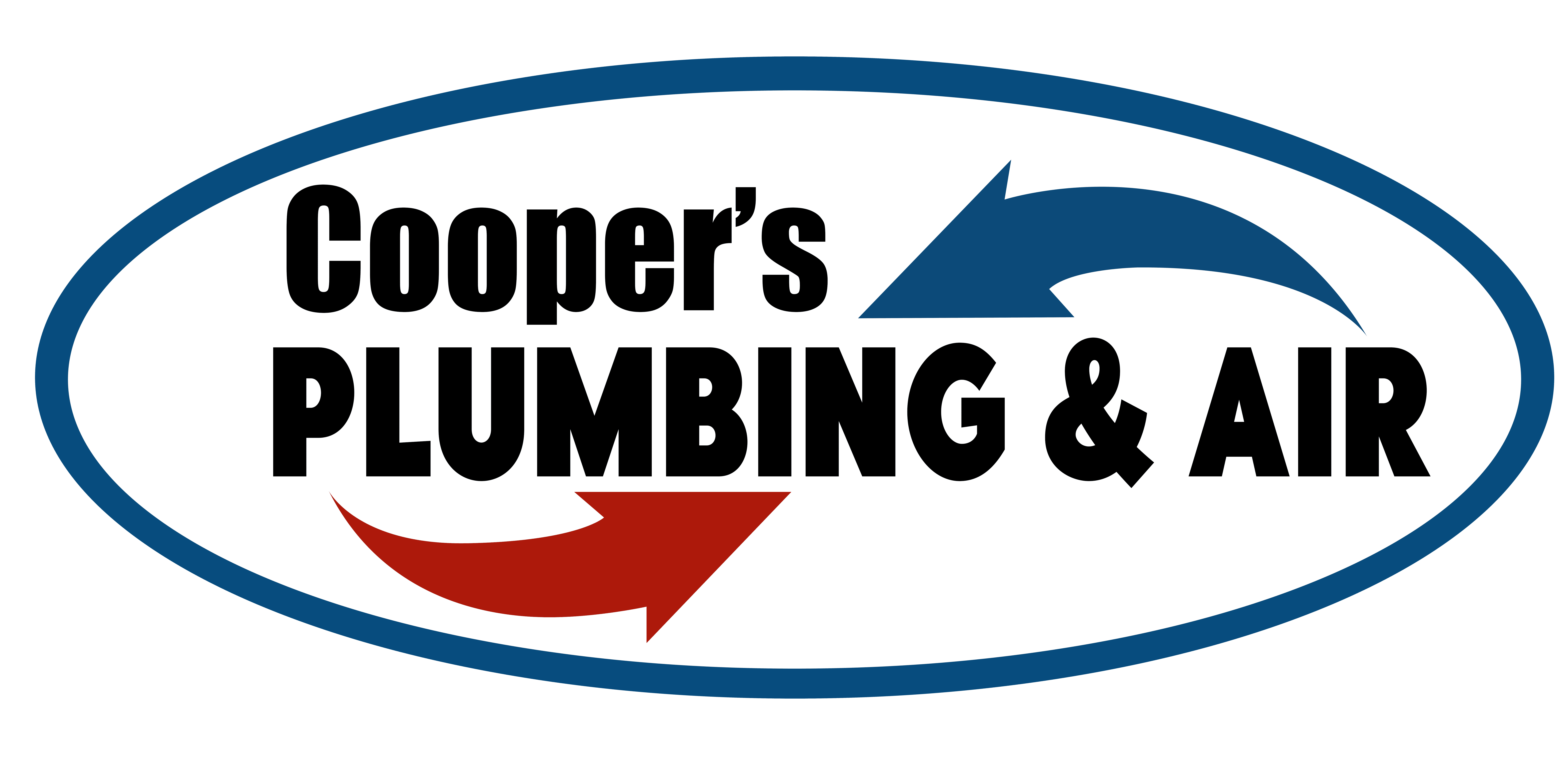
South Georgia homeowners with a sump pump in their basement or crawl space know the importance of maintaining their drainage system to protect their property.
As the leading professional plumbers in Bainbridge, GA, we are often asked, “Should there be water in my sump pump pit?” Read on below for an explanation from Cooper’s Plumbing & Air about why some water in the sump pit is normal and what to do if you notice problems.
Understanding the Sump Pump Pit
The sump pump pit acts as the collection point for excess water underneath your home. The pit sits at the lowest point of your basement or crawl space, where groundwater, rain, or runoff drains.
When the water level in the pit reaches a predetermined level, a float switch activates the sump pump and moves the water out through a drainage pipe away from your home and into an exterior drainage system or storm sewer.
Normal Water Levels in Your Sump Pump Pit
A small amount of water in your sump pump pit is perfectly normal.
Some residual water helps in several ways:
-
Lubrication and cooling. Some water in the pit reduces friction inside the sump pump and prevents it from overheating.
-
Protecting seals. Water acts as a barrier that helps maintain the seal between the sump pump and the discharge line. That seal prevents harmful gases from escaping and entering your living space.
-
Pump activation. A small amount of water helps suspend the float switch so that it will properly activate when the water level rises. A completely dry pit can cause float switch malfunctions.
Especially after rainy weather, a few inches of water in your sump pump pit is normal and helps the system perform as designed.
When Water Levels Are Too High
“Should there be water in my sump pump pit?” you ask. While some water is normal, excessive water can be a sign of problems.
If your sump pump pit is consistently full, it could indicate several issues:
-
Sump pump failure. If the pump does not activate when it should, it may have blockages, the float switch might be stuck, or other problems could interfere with its operation. Test your sump pump regularly to detect issues early.
-
Blocked or frozen discharge pipe. If debris or ice blocks the pipe that carries excess water away from the pump, water will remain in the pit.
-
Excessive groundwater or runoff. In a location with a high water table, groundwater can fill the pit faster than the pump can remove it. You may need a larger pump for the amount of water that regularly enters the pit.
-
Malfunctioning check valve. The check valve allows water to flow away in the discharge pipe but not to backflow into the pit. If the valve fails, water can run back into the pit.
A consistently full sump pit needs expert attention. Otherwise, the situation could easily lead to flooding, water damage, and extensive repair and remediation costs.
When the Sump Pump Pit Is Dry
The opposite problem — a completely dry sump pit — can occur for several reasons. A completely dry sump pit can cause problems with the pump. Without any water, the pump will lack proper lubrication when activated, potentially causing overheating and undue wear.
Dry Weather or Low Groundwater
The sump pit may naturally dry out during droughts or extended dry weather. There simply isn’t enough environmental water available to drain into the pit in these situations.
Drainage System Problems
If you do not see any water in the sump pit during rainy weather or when there is substantial runoff in the area, there may be issues with the drainage system leading to the sump pit. Water could be backing up or seeping into locations where it never reaches the pit.
Improper Pit Location
To work correctly, the pit must be at the lowest point in your basement or crawl space. Otherwise, water will accumulate somewhere else, potentially causing damage while the pit remains dry.
When To Call a Professional Plumber
If you have asked, “Should there be water in my sump pump pit?” and are unsure about the water level in your sump pit or if the system is malfunctioning, it’s best to call an expert plumber to inspect this plumbing system for any necessary repairs.
Call a professional if you see any of these signs:
-
Frequently high water levels
-
Strange noises from the pump
-
Persistent bad odors from the pit, pump, or drainage pipe
-
Pump failure when the water level rises above the activation level
Practice Good Routine Sump Pump Maintenance
In addition to keeping an eye on the water level in the sump pit, homeowners should practice some basic routine maintenance to avoid sump pump trouble:
-
Regular testing. Test your sump pump before a forecast of heavy weather or flooding to make sure it’s working properly. Pour enough water into the sump pit to activate the float switch and check for proper operation and shut off.
-
Check your exterior drainage. Always make sure gutters and downspouts are clear and are directing runoff away from your foundation.
-
Clean the pit. Regularly remove debris and sediment from the water in the sump pit to avoid clogging the pump and discharge line.
-
Adjust the float switch. Make sure the float switch is set to the correct level for activation.
-
Install a sump pump alarm. A simple pump alarm can alert you when water levels are too high, so you can have time to take action before excessive flooding occurs.
Call Cooper’s Plumbing & Air for Help With Sump Pump Maintenance in Bainbridge, GA
Cooper’s Plumbing & Air has more than two decades of experience serving Bainbridge, GA, and the surrounding region. Now that we’ve discussed the common question, “Should there be water in my sump pump pit?” count on our team if you see issues that need expert attention.
Whether you need to install a sump pump or need repairs or routine maintenance, we’re ready to assist.
Call Cooper’s Plumbing & Air today at (866) 464-7132 to experience our promise of responsible, respectful, and reliable service.
